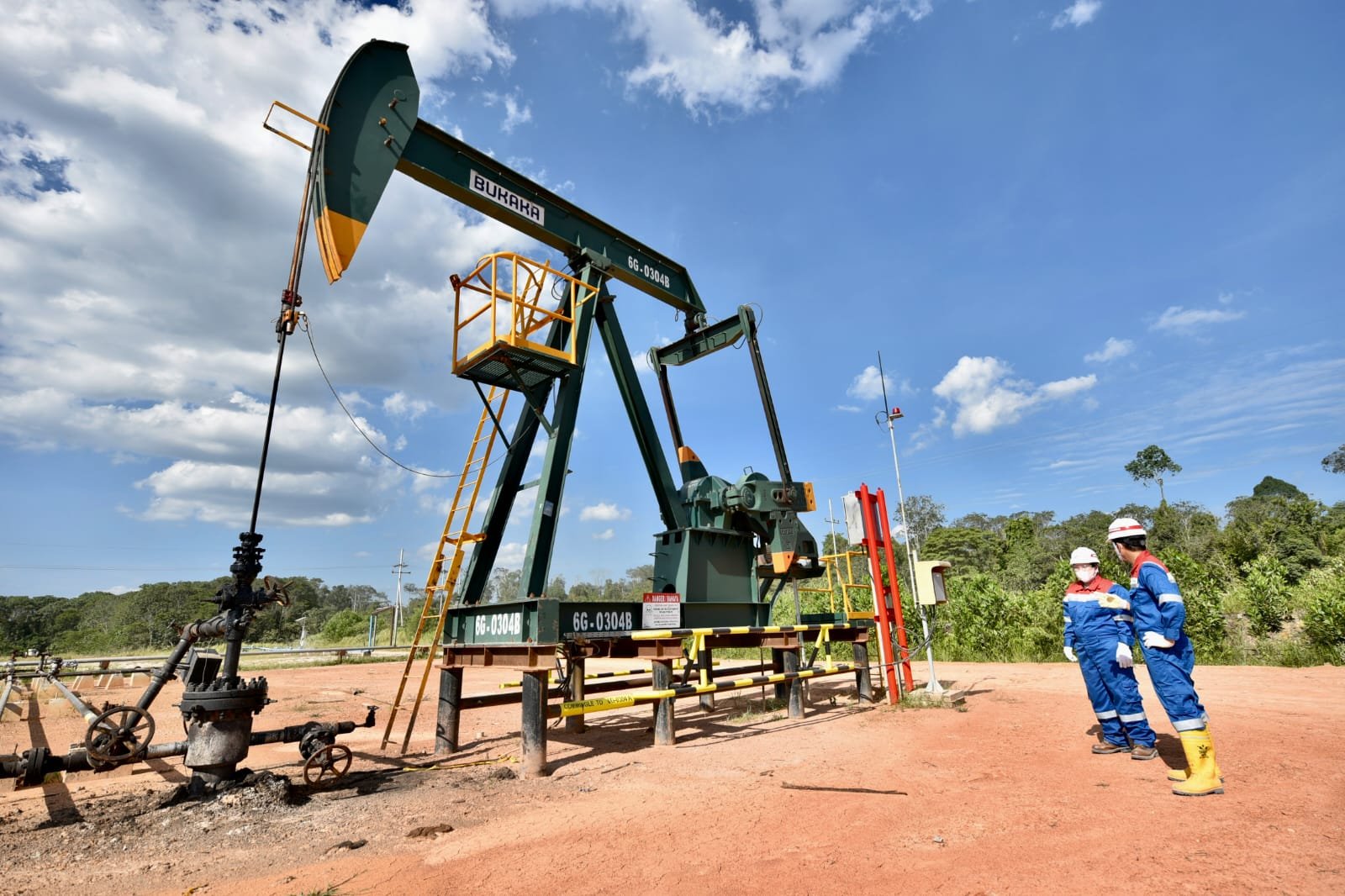Sulfur is denoted by the atomic symbol ‘S’ and is one of the 118 known chemical elements on the periodic table. Besides being a natural component in crude oil, sulfur is the 10th most common element in the world, found everywhere from bubbling hot springs to smoking volcanoes.
Sulfur is a key parameter used to classify petroleum products, with the terms “sweet” and “sour” used to indicate how much sulfur is contained in a particular blend.
According to the categories imposed by the New York Stock Exchange, oils containing less than 0.5% sulfur are classified as “sweet” and oils with higher concentrations of sulfur are classified as sour.
Why Sulfur Concentration Matters
The concentration is used to determine the market value of the oil, as well as its suitability for various refineries and expected environmental impact. Sweet oils are generally more desirable than sour alternatives.
This is because when sulfur is released into the atmosphere, it interacts with oxygen to form sulfur dioxide, a harmful pollutant associated with acid rain and other environmental issues.
High sulfur levels can also damage machinery, accelerate corrosion, and jeopardize the efficacy of catalysts used during the refining process.
The average oil and gas reservoir contains sulfur concentrations ranging from 1 to 5%, making sulfur extraction methods fundamental to the oil and gas sector.
Why Sulfur is in Fuel
Despite its environmental impact, sulfur is a naturally occurring chemical element found all over the world. Sulfur is produced when sulfur-containing organic matter decays and releases the chemical element into the sedimentary environment.
In an article published in the Journal of Energy Fuels, the authors assert that “most sulfur compounds are produced in the early diagenetic period through the reaction of unsaturated organic matter with H2S or elemental sulfur released from sulfate through bacterial sulfate reduction.”
The role of the early diagenetic period
Early diagenetic period is a geological term used to describe the physical and chemical changes that occur in sediments after they have been deposited and buried deep enough to be unaffected by surface processes. These changes are usually caused by microbial activity, compaction, and interactions between water and rock.
The authors add that the concentration of sulfur and sulfur-containing compounds can also be affected by thermal maturation. It is the process of this early diagenesis period that determines the sulfur concentration in crude oil.










